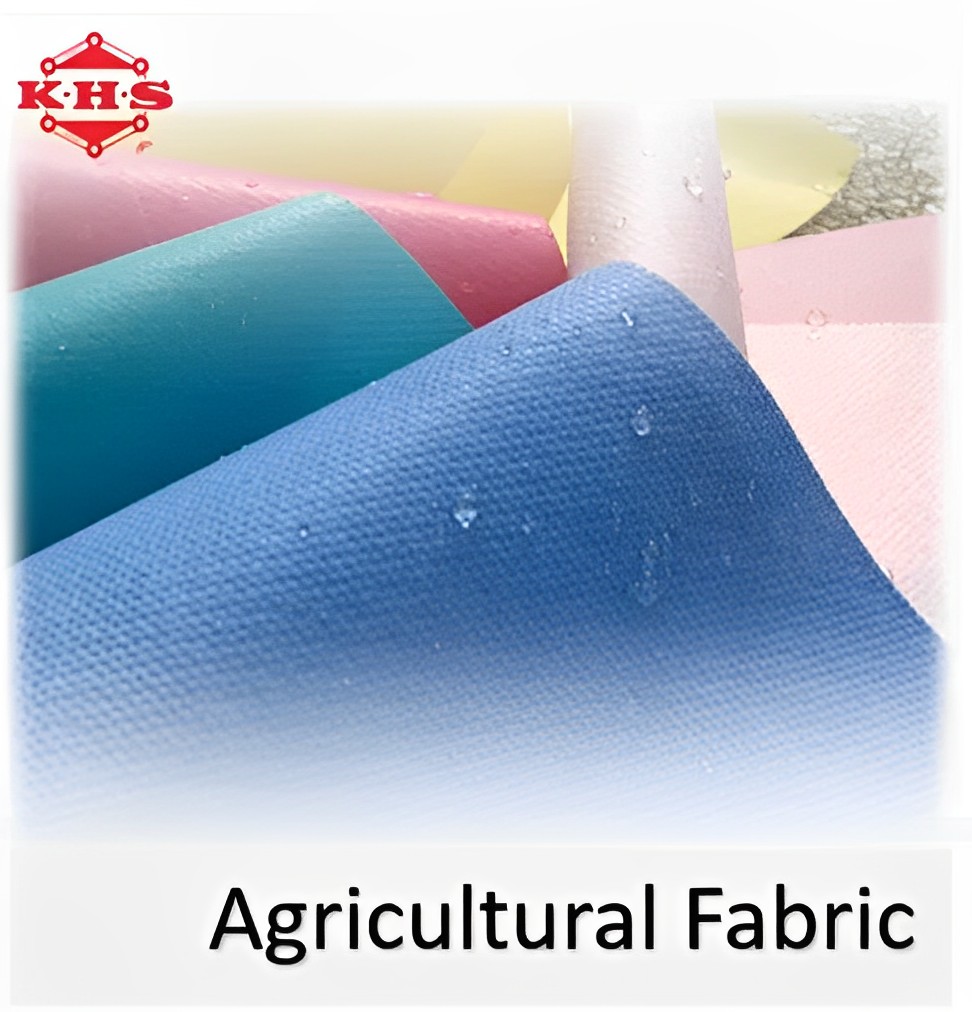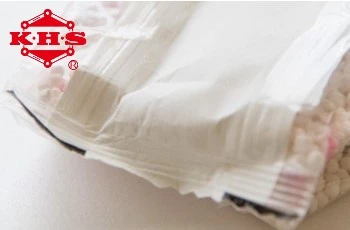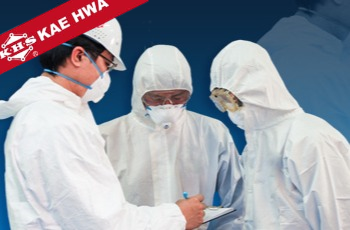Breathable Fabric
Kae Hwa is a supplier of waterproof breathable fabric tailored to the needs of various industries across many sectors. Our microporous laminated fabric bonds a breathable microporous PE membrane to a PP spunbond nonwoven to create a soft and quiet barrier. The micropores are smaller than liquid droplets and larger than water vapor molecules, so moisture vapor can pass while liquids and synthetic blood are resisted. Performance can be specified and verified as hydrostatic head EN 20811 and as breathability ISO 5636-6 by WVTR ASTM E96 or JIS L 1099, with optional comfort rating. The fabric can be customized in various colors and basis weights to meet diverse application requirements.
Application Scenarios
Microporous laminated fabric is produced by laminating breathable microporous film onto nonwoven substrates. The resulting fabric prevents the passage of liquids and biological fluids while maintaining breathability, making it ideal for protective clothing and hygiene-related products.
This material is frequently used in clothing applications—starting with children's raincoats—and in many children’s products due to its durability and ease of cleaning. In the medical field, laminated fabrics are a popular choice for PPE due to their protective and hygienic qualities.
In addition to medical and hygiene applications, our microporous laminated fabric is also well-suited for industrial protective clothing, particularly in settings requiring protection from light chemical spray or hazardous particles. It serves as a functional outer layer in Type 5B/6B protective suits, offering both liquid resistance and wearer breathability.
In construction, the fabric is applied as a moisture barrier membrane installed beneath exterior walls or roofing layers to protect internal wooden structures from condensation and long-term moisture damage. This use case leverages the film's breathability and water-blocking capabilities to maintain structural integrity.
The material is also applicable in agriculture and desiccant packaging, where its barrier properties help manage humidity, prevent contamination, and maintain freshness or dryness in storage environments. Its structure can be tailored in weight and texture to meet diverse environmental requirements.
Properties of Breathable Fabric
Breathability with Water Resistance
The PE microporous film allows vapor to pass while blocking water, blood, and other liquids, providing protection and comfort at the same time.
Material Versatility
The laminate can be made with a cloth-like or paper-like hand and customized in appearance to suit both consumer and industrial uses.
Improved Comfort Compared to SMS or PE-Coated Fabrics
Coveralls made from microporous laminated fabric offer greater comfort and protection than many multilayer SMS and PE-coated PPSB structures, supporting extended wear.
Performance in Hazardous Environments
The fabric is engineered to reduce contamination risk in hazardous working environments. For comfort evaluation, users should check two key breathability metrics on the spec sheet:
- MVTR (Moisture Vapor Transmission Rate)
- RET (Resistance to Evaporative Heat Transfer)
These metrics indicate how well the fabric supports moisture release and thermal comfort.
Limitations in Humid Environments
In hot and humid conditions, some users may still experience sweating due to vapor build up despite good breathability.
Single-Use Design
Disposable grades are available and commonly used in hygiene, medical, and cleanroom sectors
.webp)
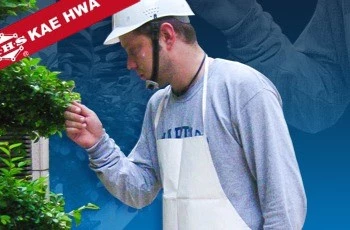
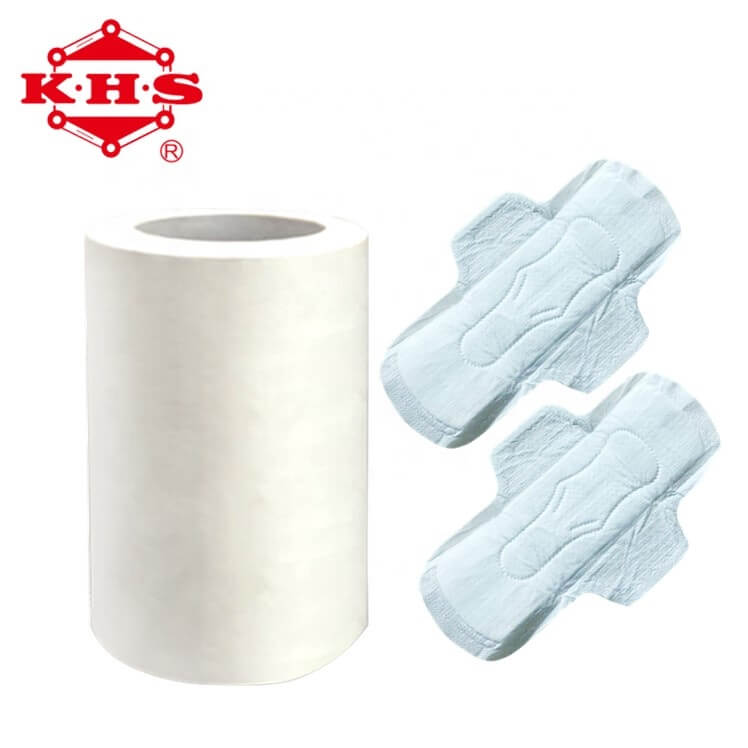
.webp)
